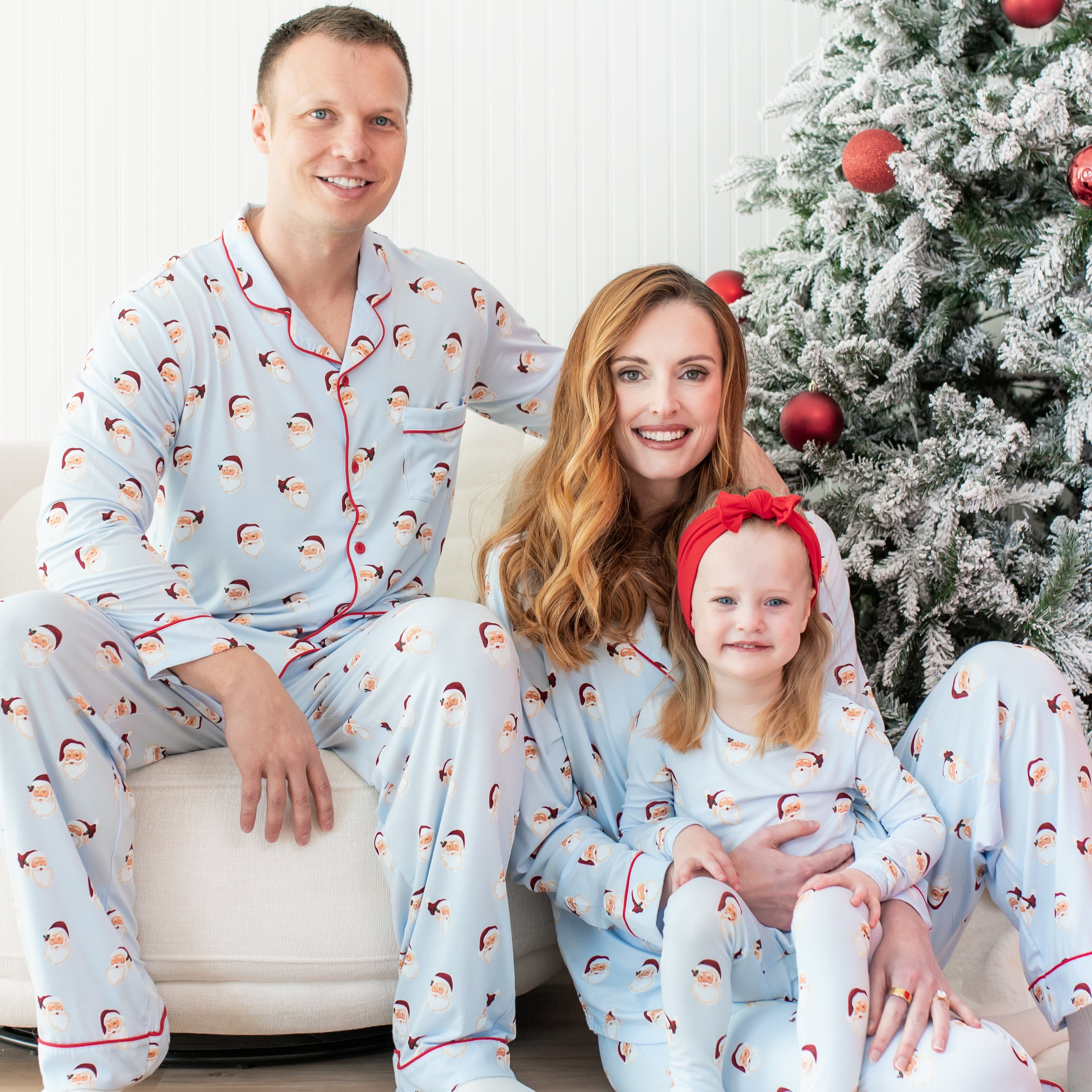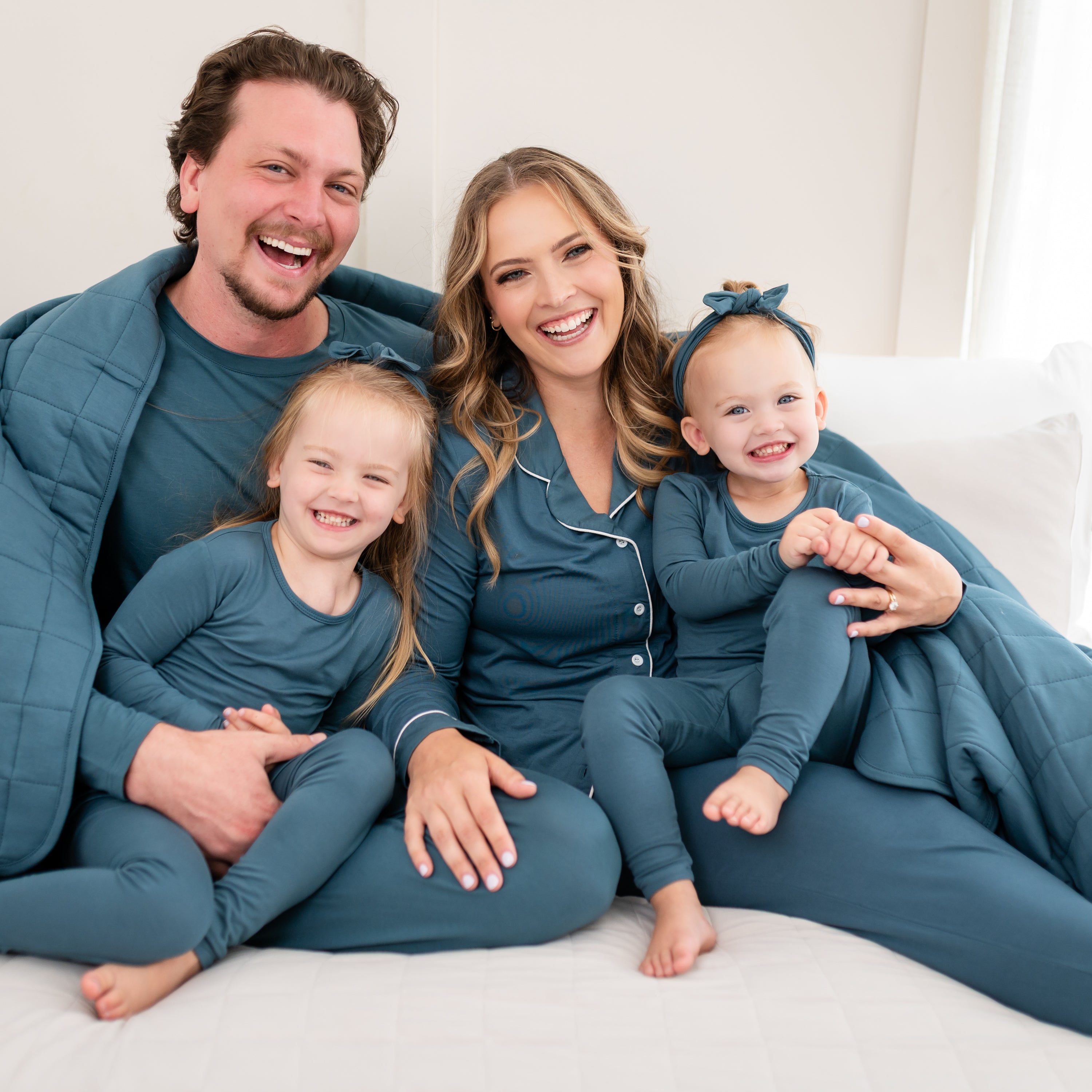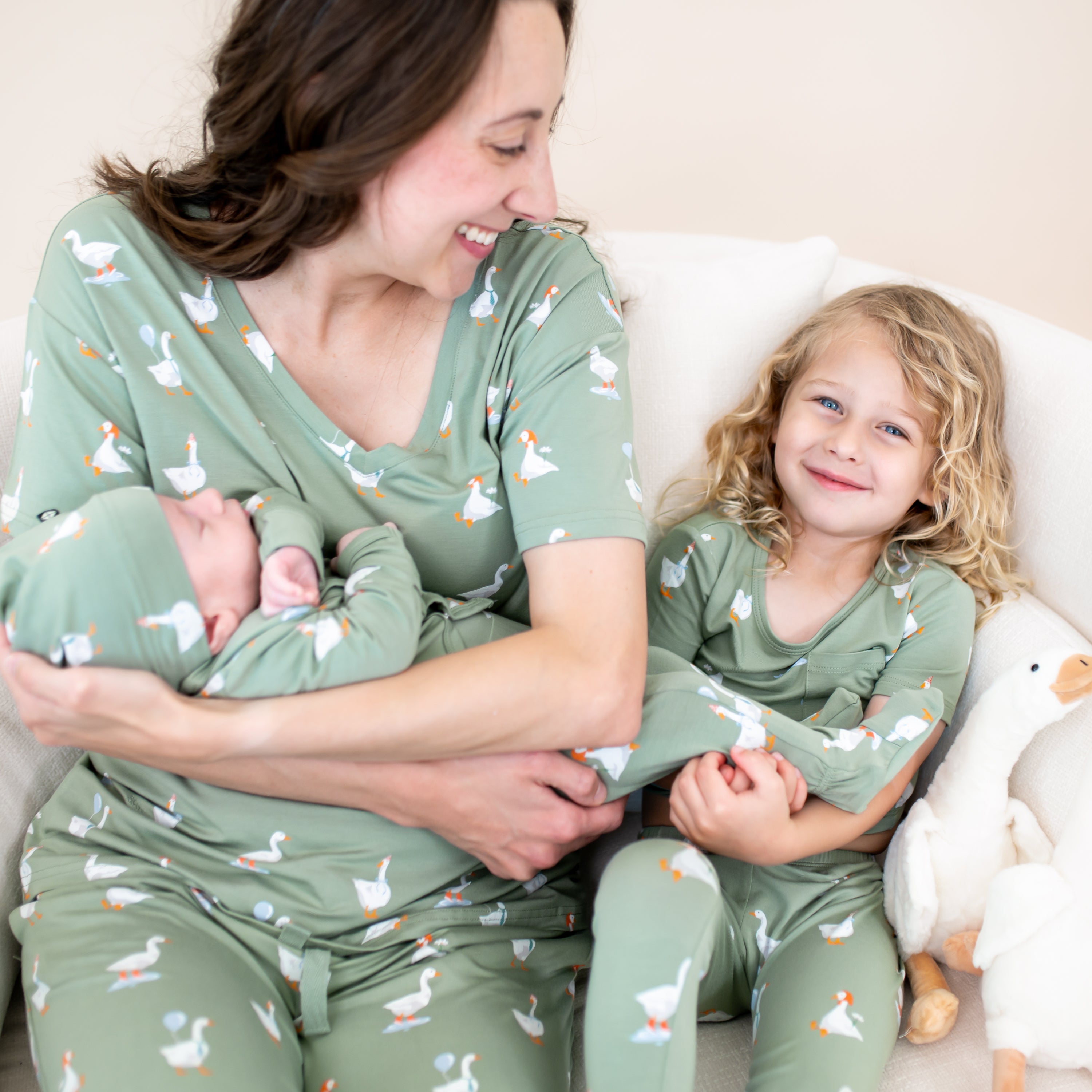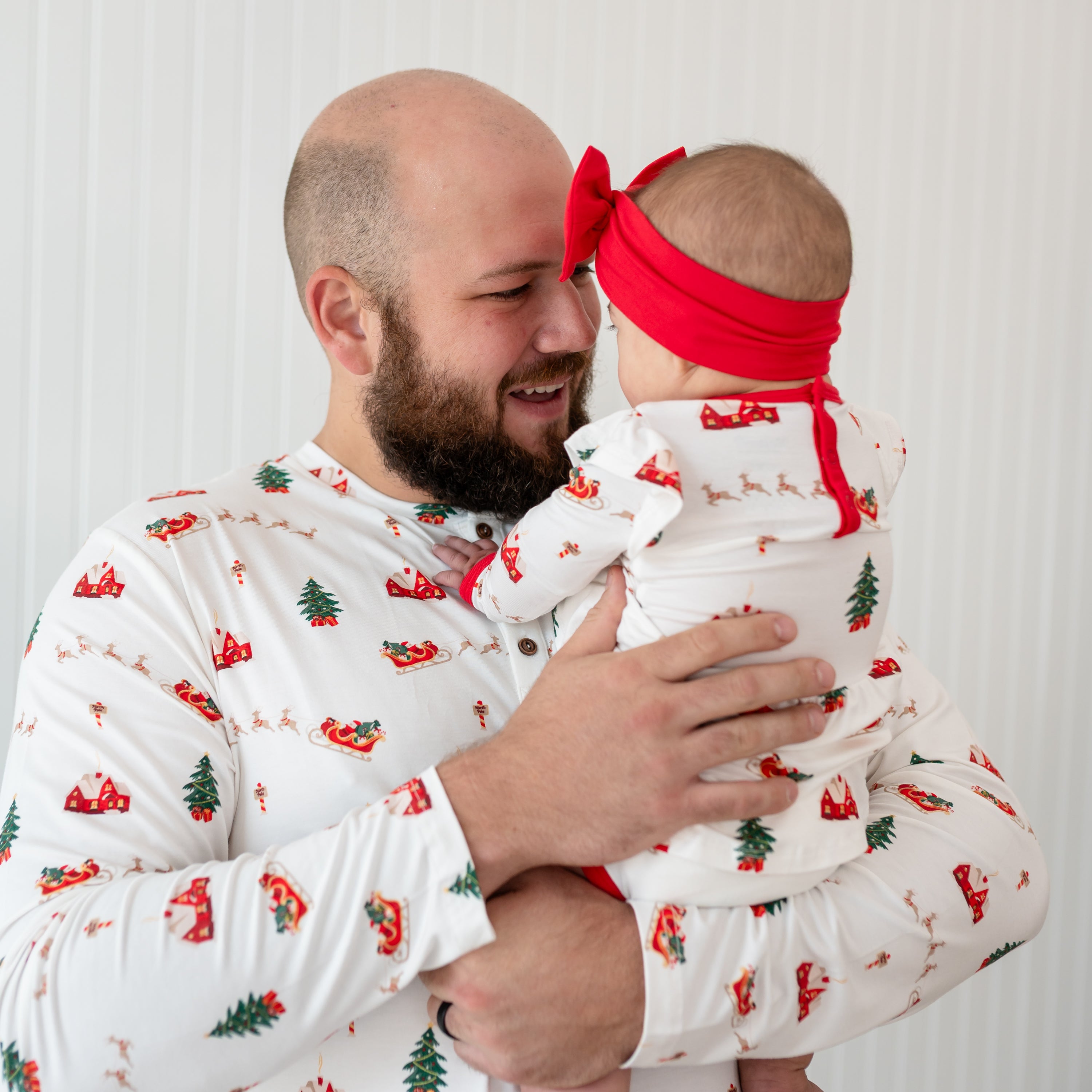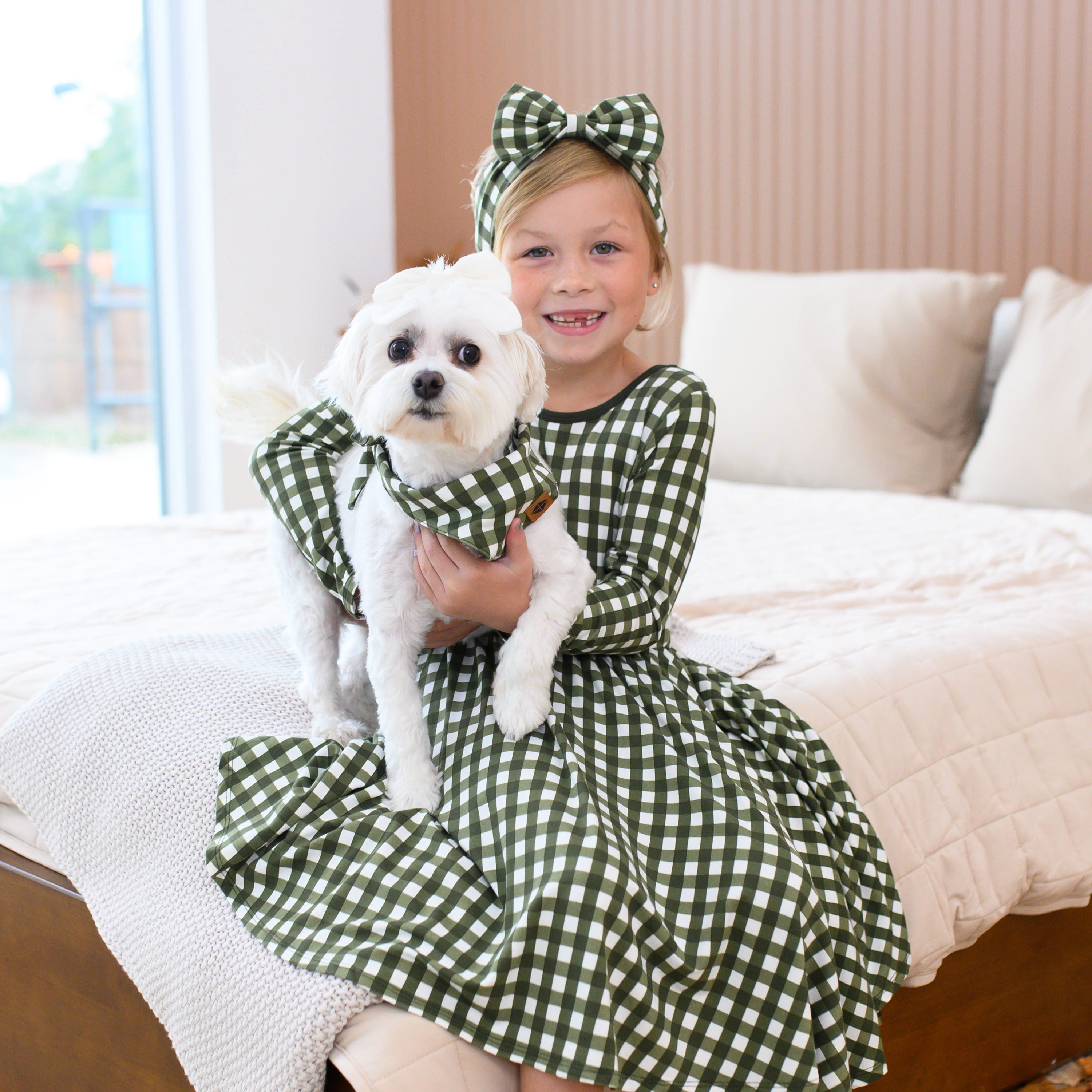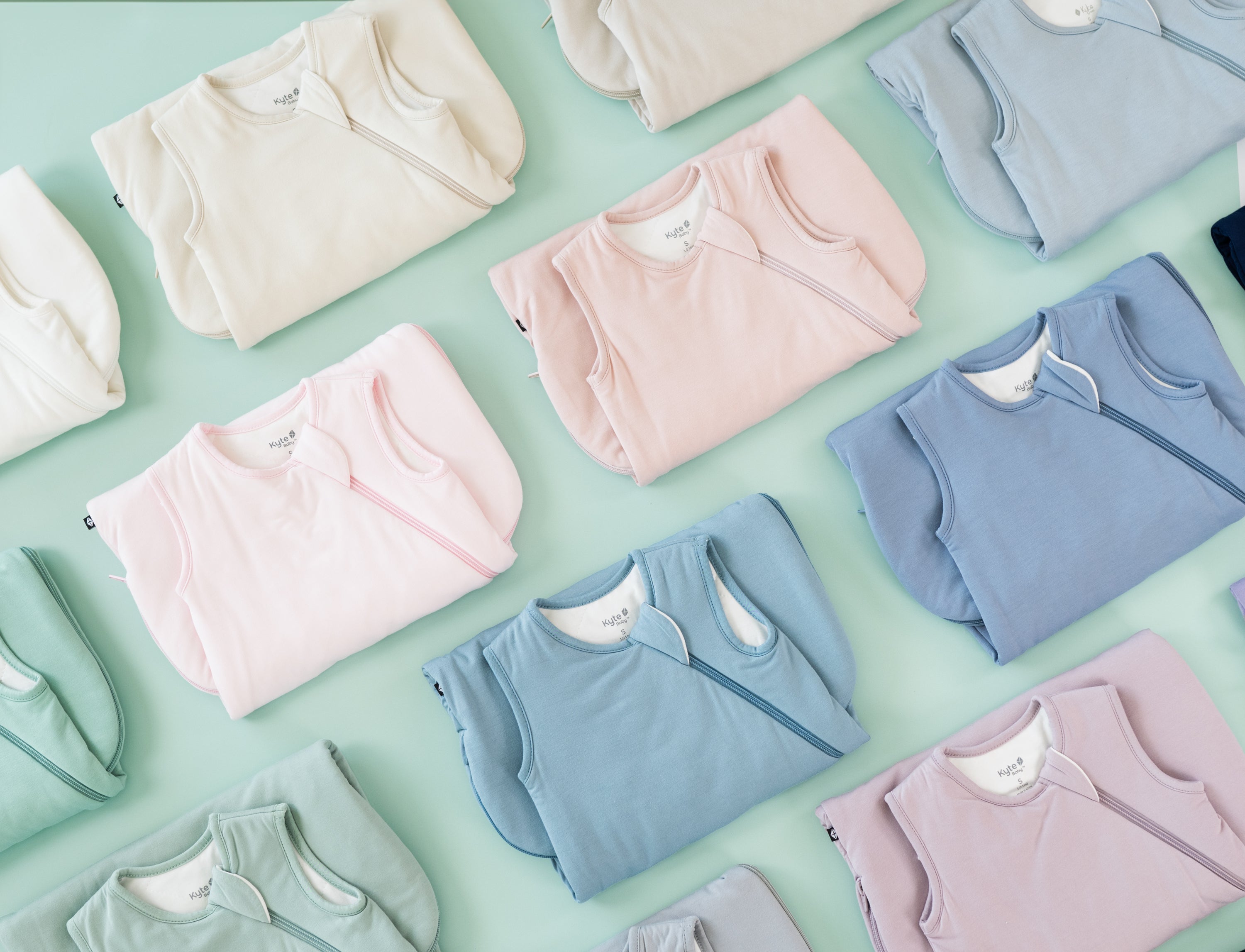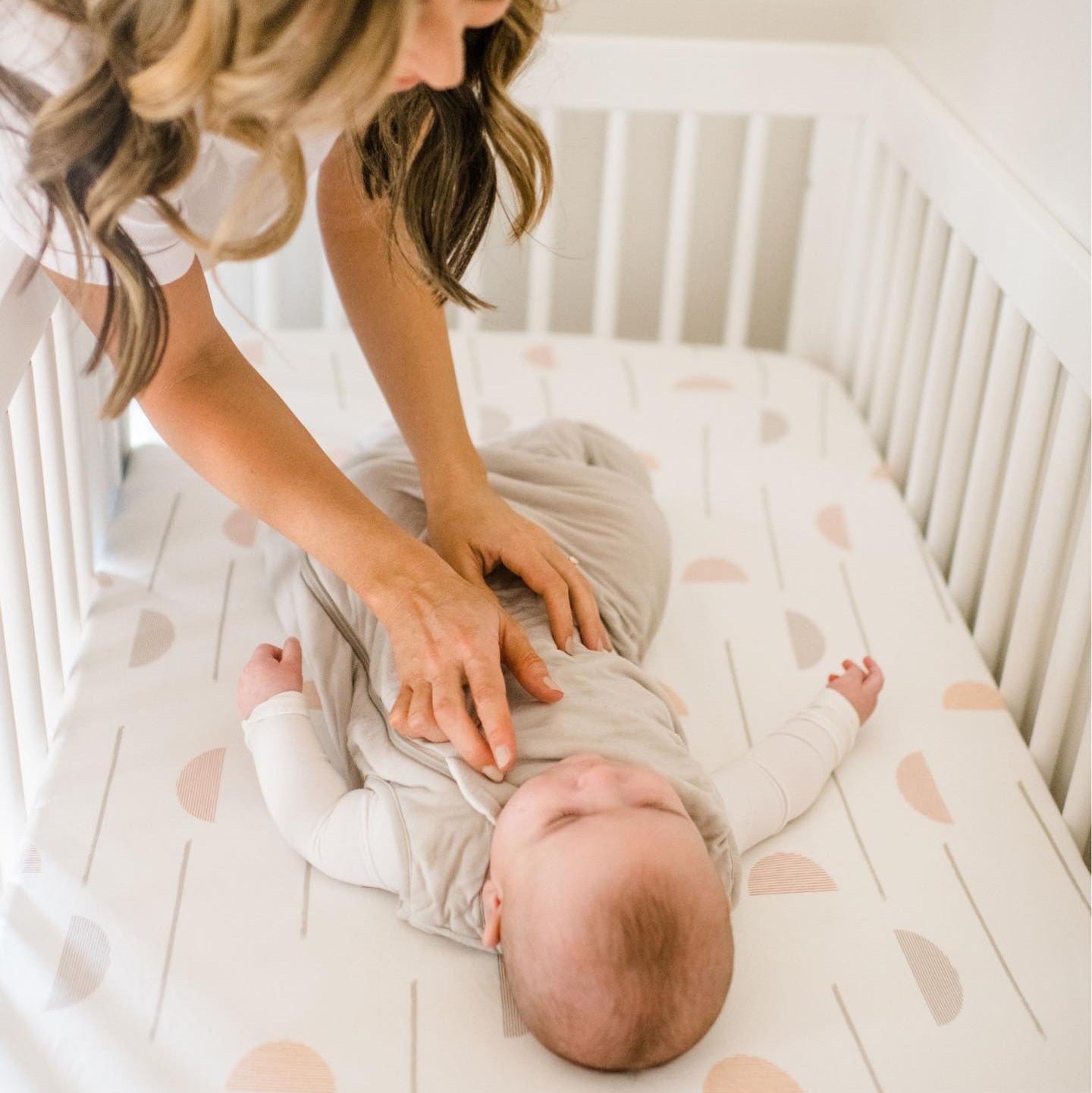How to Decide What Sleep Sack TOG Your Baby Needs
Parenthood comes with a whole lot of new information, and it’s no exaggeration to say that you have to become an expert on things rather quickly. One of the things you learn is the term “TOG rating.”
Sounds pretty scientific, right? Although it’s specific to the textile industry, it’s something you become very familiar with as soon as you begin buying things for your baby because it’s a way to measure the warmth of a garment or fabric. However, to determine what sleep sack TOG your baby needs, it’s a good idea to better understand its meaning. Let’s take a deep dive.
What Does TOG Stand for?
TOG stands for Thermal Overall Grade, which is a unit of measurement used to calculate insulation and warmth of products, such as sleepwear or bedding. Put simply, it’s a way to rate the warmth of a product! In short, the higher the TOG weight, the warmer the sleep sack. When purchasing a sleep bag, you’ll see that it comes in:
- 0.5 TOG
- 1.0 TOG
- 2.5 TOG
Why Does Sleep Sack TOG Weight Matter?
Unlike older humans, babies don’t have the ability to regulate their body temperature. Since they can’t adjust to temperature changes as well as we can, their bodies can lose heat nearly 4 times faster than an adult’s. This is particularly dangerous for premature babies and those with low birth weight because they don’t have much body fat.
 According to the University of Rochester Medical Center, “when your baby is too cold, they use energy and oxygen to generate warmth. If their skin temperatures drop just 1 degree from the ideal 97.7°F (36.5°C), your baby's oxygen use can increase by 10%.” By using the proper TOG weight when dressing your baby for sleep, you can ensure that they stay at a comfortable temperature that helps them reserve that energy.
According to the University of Rochester Medical Center, “when your baby is too cold, they use energy and oxygen to generate warmth. If their skin temperatures drop just 1 degree from the ideal 97.7°F (36.5°C), your baby's oxygen use can increase by 10%.” By using the proper TOG weight when dressing your baby for sleep, you can ensure that they stay at a comfortable temperature that helps them reserve that energy.
On the flip side, overheating poses its own dangers for your baby. Overheating can be a risk factor for Sudden Infant Death Syndrome (SIDS), and it’s another reason to be mindful of how you dress your baby for sleep. It’s natural for parents to fret over whether their babies are at the right temperature when sleeping, but using the sleep sack TOG rating system helps take some of the guesswork out.
When To Use 0.5 TOG Sleep Sack
The lowest sleep sack TOG weight is 0.5 TOG, which should be used when your baby’s nursery is between 74℉ and 78℉. Although the higher end of the 70s isn’t exactly an ideal temperature for your little one to sleep, these conditions may occur during summer months without an air conditioner in a warm climate.
You can use your best judgment to determine how to dress your baby underneath their 0.5 TOG sleep bag. You may use a short sleeve bodysuit underneath, or opt to leave your little one in just a diaper.
When To Use 1.0 TOG Sleep Sack
A 1.0 TOG sleep sack should be used when your baby’s nursery is between 69℉ and 73℉. This falls within the ideal temperature for your baby’s nursery, and a sleep bag in 1.0 TOG weight is a great year-round option if you live in a warm climate or if your house is able to maintain a comfortable temperature.
 Because our 1.0 TOG sleep bags are both light and warm, it’s easy to work around the temperature range by adding the appropriate layers. Depending on the nursery temperature, some great options include:
Because our 1.0 TOG sleep bags are both light and warm, it’s easy to work around the temperature range by adding the appropriate layers. Depending on the nursery temperature, some great options include:
When To Use 2.5 TOG Sleep Sack
The highest value for our sleep bags is 2.5 TOG weight, which should be used when your baby’s nursery is between 61℉ and 68℉. Our 2.5 TOG sleep sacks are our thickest and are most appropriate for winter months. These, like 1.0 TOG, may also be a great year-round option if you live somewhere that stays cool even in the summer.
 Again, always remember to dress your baby appropriately underneath the sleep bag. This is equally as important as choosing the right sleep sack TOG weight. If your baby is bundled up too warmly underneath a 2.5 TOG sleep bag, they may still be at risk of overheating even if your nursery is in the mid-60s.
Again, always remember to dress your baby appropriately underneath the sleep bag. This is equally as important as choosing the right sleep sack TOG weight. If your baby is bundled up too warmly underneath a 2.5 TOG sleep bag, they may still be at risk of overheating even if your nursery is in the mid-60s.
Pro tip: When your child has grown out of their sleep bag and is old enough to sleep with a blanket, our 2.5 TOG toddler blankets are a cozy option.
Making Sure You’re Baby’s Sleep Sack TOG Weight is Just Right
If you’re unable to control the temperature of your baby’s nursery with a thermostat, you may be concerned about accidentally using the wrong sleep sack TOG for your little one. Although you can probably rely on your intuition and best judgment, it’s still prudent to check in on your baby and make sure they aren’t too cold or overheating.
Pro tip: The general rule of thumb is to never dress your baby in more than one layer of clothing than you would be comfortable in.
How to Tell if Your Baby is Too Cold
A baby that is too cold may not cry in order to conserve their energy to stay warm. Though you can check their hands and feet to see if they feel cold, this is actually a poor way to tell if they’re too cold.
Extremities are always the first parts of the body to feel cool to the touch, and your baby will also have cold hands because of their immature circulatory system. This is generally not a cause for concern. However, if you find that the back of your baby’s neck or their chest is cold to the touch, it’s time to either add more layers or switch to a higher sleep sack TOG weight.
Signs Your Baby is Too Hot
A baby who is overly warm will probably let you know by fussing or crying, but it’s important to also watch for other signs of overheating. The back of their neck may feel hot, and their cheeks may be flushed.
Due to the stress placed on the body when overheating, your baby may also have a rapid heart rate. If this is the case, you should give your child plenty of fluids and try to cool them as soon as possible by removing layers and taking them into a cooler room.
To prevent it from happening again, dress your baby in a lighter sleep sack TOG weight or remove underlayers for sleep. Using clothing that is highly breathable, such as styles made from bamboo or cotton, is an important factor in preventing overheating.

Now that you know exactly what TOG stands for and what the ratings mean, you can make informed decisions and choose the sleep sack TOG weight that will help your baby sleep soundly and comfortably, so you have one less thing to worry about. You’ve got this!













